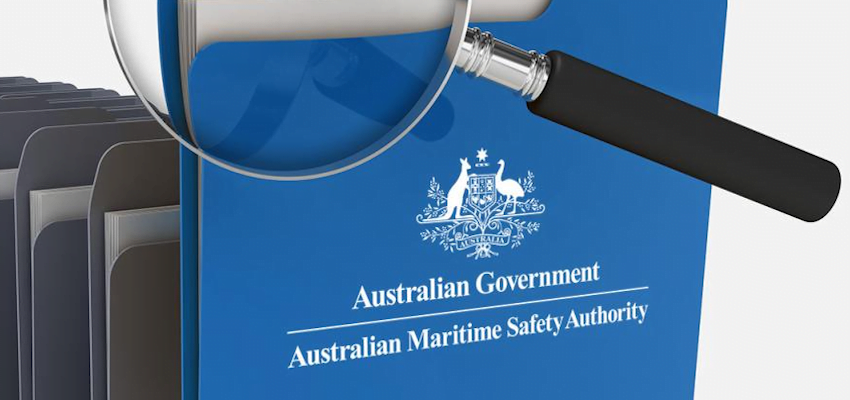THE Australian Maritime Safety Authority has released “a practical set of guidelines” for managing and reducing the risk of fatigue at sea in a push to improve the safety and wellbeing of seafarers.
According to AMSA, fatigue is a threat to the wellbeing of seafarers and increases the risk of accidents at sea.
Research has identified fatigue as the primary cause in more than 11% of collisions at sea, with the actual percentage likely to be higher due to under-reporting.
One of the most infamous incidents in Australian waters was the grounding of the bulk carrier Shen Neng 1 on Douglas Shoal 90km from Gladstone in Queensland, in April 2010.
The Australian Transport Safety Bureau investigation found a lack of fatigue management processes onboard the ship contributed to the grounding, with the chief mate having only slept 2.5 hours in the 38.5 hours prior to the incident.
AMSA manager of vessel operations Dr Michelle Grech said the demanding nature of shipping meant seafarers were often required to work long or irregular hours, in unpredictable and changing weather conditions.
“In 2018 we completed the first major study into safety culture in the maritime industry in Australia and we found that about 20% of seafarers surveyed reported experiencing chronic fatigue,” Dr Grech said.
“That was deeply concerning for AMSA as a safety regulator, noting the well-established link between fatigue and safety incidents at sea.
“Shipping companies need to take a holistic approach to managing and reducing the risk of fatigue for their seafarers – that was a key recommendation which came out of our study which now underpins these fatigue guidelines.” Dr Grech said there was “much more that shipping companies can be doing to improve the way they manage seafarer fatigue and the whole shipping industry stands to benefit from those improvements”.

